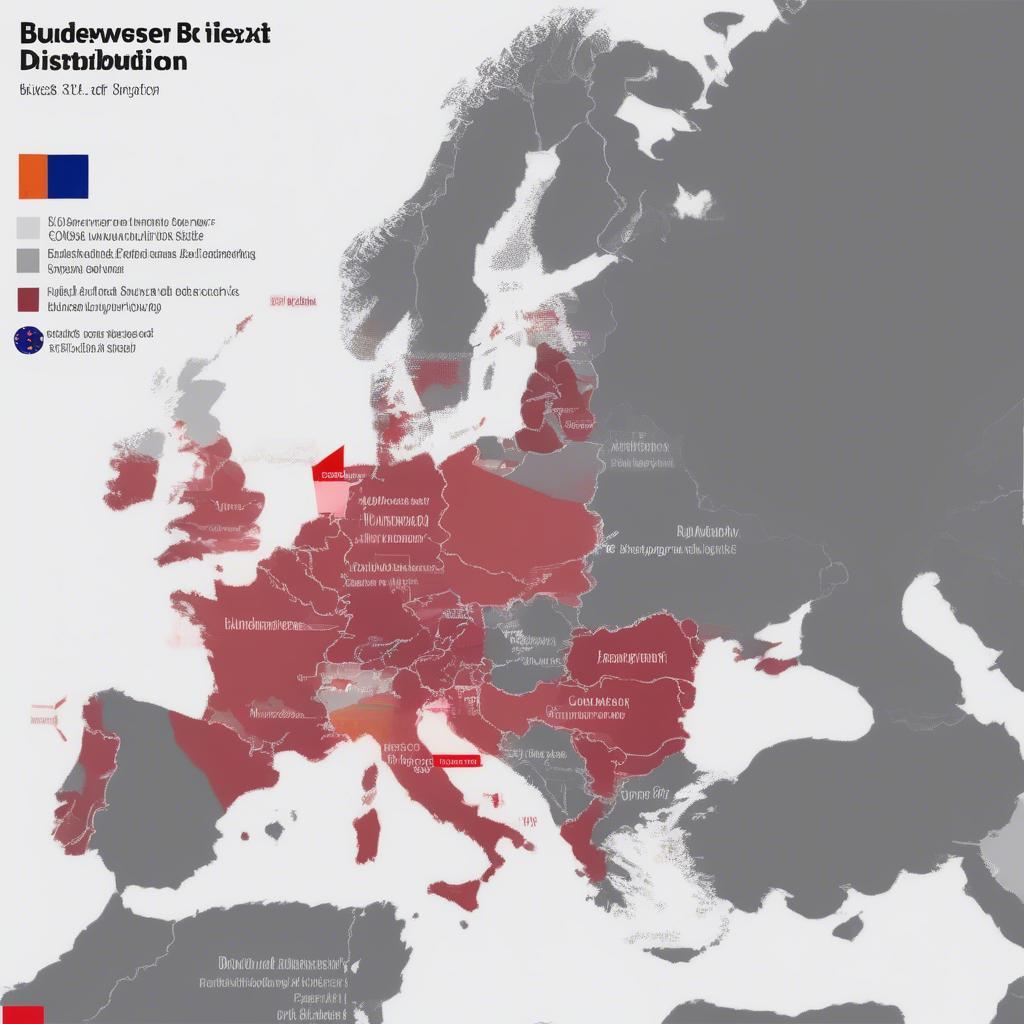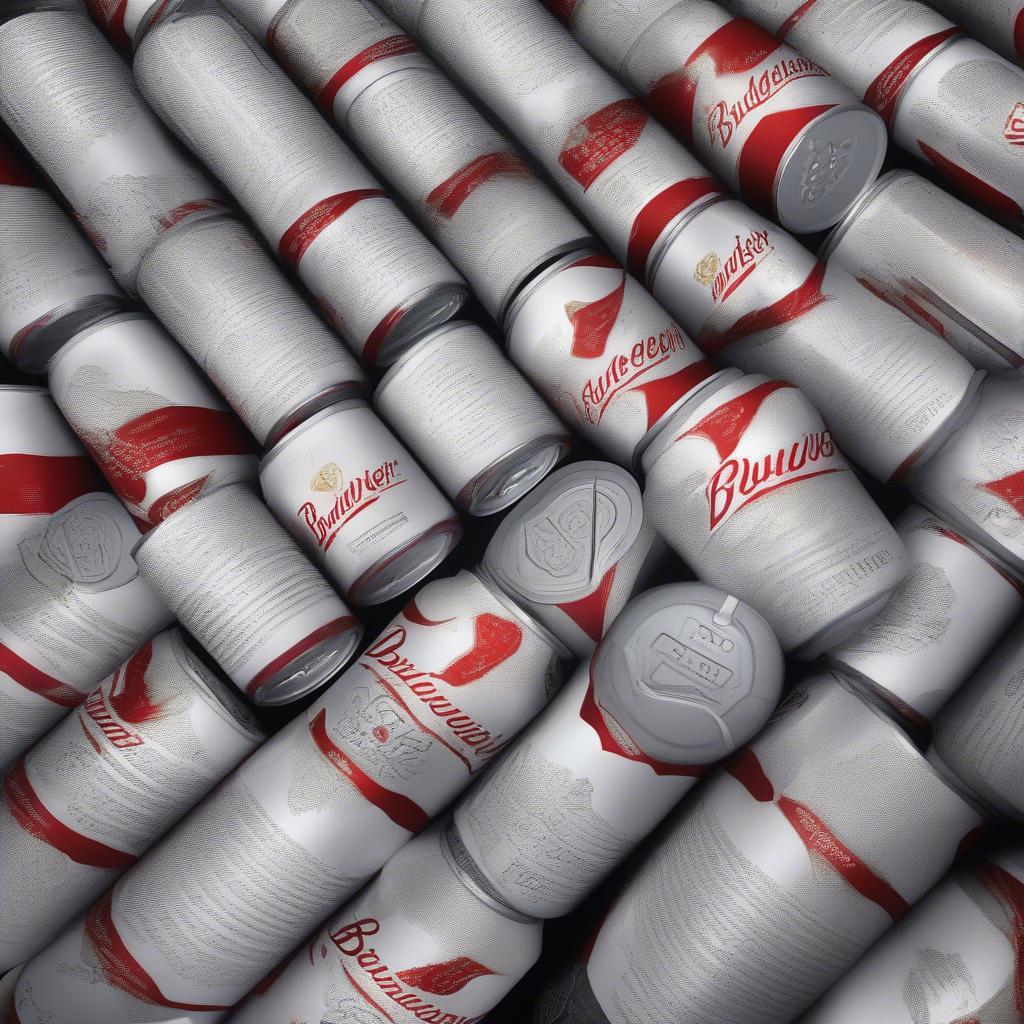
Budweiser, a globally recognized beer brand, faces a complex and dynamic market landscape. Understanding the external factors influencing its operations is crucial for strategic decision-making. A PESTEL analysis of Budweiser provides valuable insights into the political, economic, social, technological, environmental, and legal forces shaping its present and future. This analysis helps identify both challenges and opportunities that Budweiser must navigate to maintain its market position and achieve sustainable growth in the global beer industry.
Table Content:
- Political Factors Influencing Budweiser’s Global Strategy
- Economic Factors Affecting Budweiser’s Performance
- Social Trends Shaping Budweiser’s Brand Image
- Technological Advancements Impacting Budweiser’s Operations
- Environmental Concerns and Budweiser’s Sustainability Efforts
- Legal and Regulatory Landscape for Budweiser
- FAQs about Budweiser’s PESTEL Analysis
- Conclusion
Political Factors Influencing Budweiser’s Global Strategy
Government regulations and policies significantly impact the alcoholic beverage industry. Trade agreements, tariffs, and excise taxes can influence Budweiser’s pricing and distribution strategies. Political instability in certain regions can disrupt supply chains and create operational challenges. For example, Brexit has created uncertainty for Budweiser’s operations in the UK and Europe. How can Budweiser adapt to these changing political landscapes? By actively engaging with policymakers and adapting its strategies to comply with evolving regulations, Budweiser can mitigate political risks.
Economic Factors Affecting Budweiser’s Performance
Economic downturns can significantly impact consumer spending on discretionary items like beer. Fluctuations in currency exchange rates can affect profitability in international markets. Rising input costs, such as barley and aluminum, can pressure profit margins. The global economic climate plays a crucial role in Budweiser’s performance. How can Budweiser navigate these economic uncertainties? By diversifying its product portfolio and exploring new markets, Budweiser can mitigate the risks associated with economic fluctuations.
Social Trends Shaping Budweiser’s Brand Image
Changing consumer preferences, such as the growing popularity of craft beer and the increasing health consciousness, present challenges for Budweiser. Shifting demographics and cultural attitudes towards alcohol consumption require the brand to adapt its marketing strategies. Social media plays a crucial role in shaping brand perception and influencing consumer behavior. What can Budweiser do to maintain its relevance? By investing in innovative marketing campaigns and engaging with consumers on social media platforms, Budweiser can build a strong brand image and adapt to changing social trends.
 Budweiser Craft Beer Competition
Budweiser Craft Beer Competition
Technological Advancements Impacting Budweiser’s Operations
Technological advancements in brewing processes, packaging, and distribution can enhance efficiency and reduce costs. E-commerce platforms and digital marketing tools offer new opportunities to reach consumers. Data analytics can provide valuable insights into consumer behavior and market trends. How can Budweiser leverage technology to its advantage? By investing in research and development and embracing digital technologies, Budweiser can optimize its operations and enhance its competitive edge.
Environmental Concerns and Budweiser’s Sustainability Efforts
Growing environmental awareness and concerns about climate change are pushing businesses to adopt sustainable practices. Water scarcity and resource management are critical issues for the brewing industry. Consumers are increasingly demanding environmentally responsible products. How can Budweiser demonstrate its commitment to sustainability? By implementing water conservation measures, reducing carbon emissions, and using sustainable packaging, Budweiser can enhance its brand image and appeal to environmentally conscious consumers.
Legal and Regulatory Landscape for Budweiser
Advertising regulations and restrictions on alcohol marketing vary across different countries. Age restrictions and responsible drinking campaigns influence consumer behavior. Product labeling and ingredient disclosure requirements necessitate transparency and compliance. Navigating the legal and regulatory landscape is essential for Budweiser’s operations. How can Budweiser ensure compliance and maintain its license to operate? By adhering to all applicable laws and regulations, Budweiser can avoid legal issues and maintain a positive brand reputation.
FAQs about Budweiser’s PESTEL Analysis
Q: What is the biggest challenge Budweiser faces in the global market?
A: Adapting to evolving consumer preferences and the rise of craft beer presents a significant challenge for Budweiser.
Q: How can Budweiser leverage technology to its advantage?
A: By implementing digital marketing strategies and utilizing data analytics, Budweiser can gain valuable insights into consumer behavior and market trends.
Q: What is Budweiser doing to address environmental concerns?
A: Budweiser is investing in sustainability initiatives, such as water conservation projects and renewable energy sources.
Q: How does political instability affect Budweiser’s operations?
A: Political instability can disrupt supply chains and create operational challenges in affected regions.
Q: What is the significance of social media for Budweiser’s brand image?
A: Social media plays a crucial role in shaping consumer perception and influencing purchasing decisions.
Q: How does the economic climate impact Budweiser’s performance?
A: Economic downturns can reduce consumer spending on discretionary items like beer, affecting Budweiser’s sales.
Q: What is the role of legal and regulatory factors for Budweiser?
A: Compliance with advertising regulations and responsible drinking campaigns is essential for maintaining Budweiser’s license to operate.
Conclusion
The PESTEL analysis of Budweiser reveals a dynamic and complex global landscape. By understanding and addressing these external factors, Budweiser can effectively navigate the challenges and capitalize on the opportunities presented by the global beer market. From political and economic considerations to social and technological trends, Budweiser must adapt its strategies to remain competitive and achieve sustainable growth. Embracing sustainability and adhering to legal and regulatory requirements are crucial for maintaining a positive brand image and ensuring long-term success. The future of Budweiser depends on its ability to anticipate and respond to the ever-evolving forces shaping the global beer industry.

